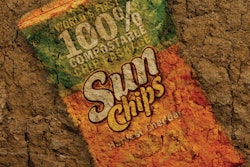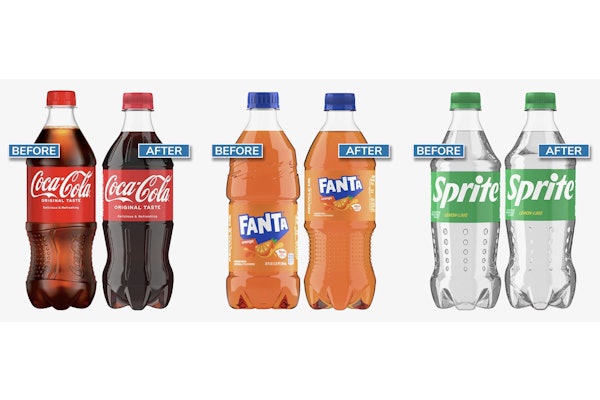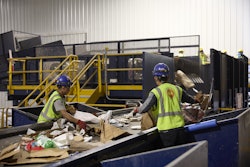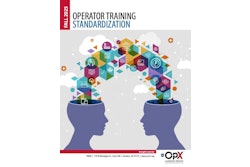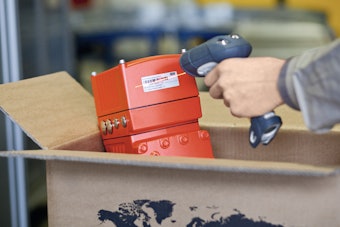Packaging World: What are the key issues and trends you’ve seen develop in the last few years?
Tee Noland:
Further reliance on contractors for packaging and manufacturing expertise, and to do research and development for new products, with a shift in the expertise that used to reside with our clients. There’s so much cost-cutting going on and pressure on Big Pharma because they’re not developing new products as rapidly as they once did. It’s harder to get products approved, so the revenue’s not growing, but they still want to expand their profitability. To do that they have to cut costs, and they’ve found that companies like Pharma Tech have a leaner cost structure in place than they do.
Another trend we’re seeing is that several years ago, Big Pharma companies had separate divisions for Rx and for OTC. Now, because of cost-cutting measures, they realize they don’t need to maintain these separate overhead structures. They can merge OTC and Rx into one effort and still achieve a lot of the benefits that they were trying to achieve by separating them.
What impact has the economic downturn had on your business and your customers’ outsourcing strategies?
We’ve been fortunate that we haven’t had a major downturn. Last year when there was some inventory that was cut significantly by a lot of the big retailers, like Walmart, we saw our volumes drop off. But we’ve rebounded since then, and we’ve been able to bring in new business that has offset the reduction in volumes. The economic challenges are creating more incentive for a lot of the Big Pharma companies to use contractors to cut costs and consolidate resources.
What developments do you see in terms of packaging materials in healthcare?
We’re seeing more of an interest in patient compliance and ensuring that the consumer takes the right dose of product at the right frequency. There’s been a shift to more portable types of packaging, like pouches. Instead of buying a product you have to pour into a dose, you have a dose that’s pre-measured in a pouch. It’s more costly to the consumer, but they seem to prefer that format. There’s also continued interest in tamper evidence. Package design also seems to be more of a focus and creating new bottle designs that make a product stand out more on the shelf.
What new packaging equipment have you purchased, and what purchasing plans do you have for the next six to 12 months?
In the last year we’ve acquired three new Bartelt horizontal form/fill/seal machines from Southern Packaging Machinery, and we’re in the process of purchasing a rotary pouch-filling machine from Oystar Jones. We also expanded our manufacturing capabilities with two new blenders.
We’re looking at purchasing a stick-pack machine. Again, instead of buying a big bottle, you buy a carton of stick packs, and you can take them as you’re on the go. It’s very portable and supports compliance because it’s easy to open and mix. So it’s something we’ve been pursuing because a lot of clients have expressed interest in that format.









